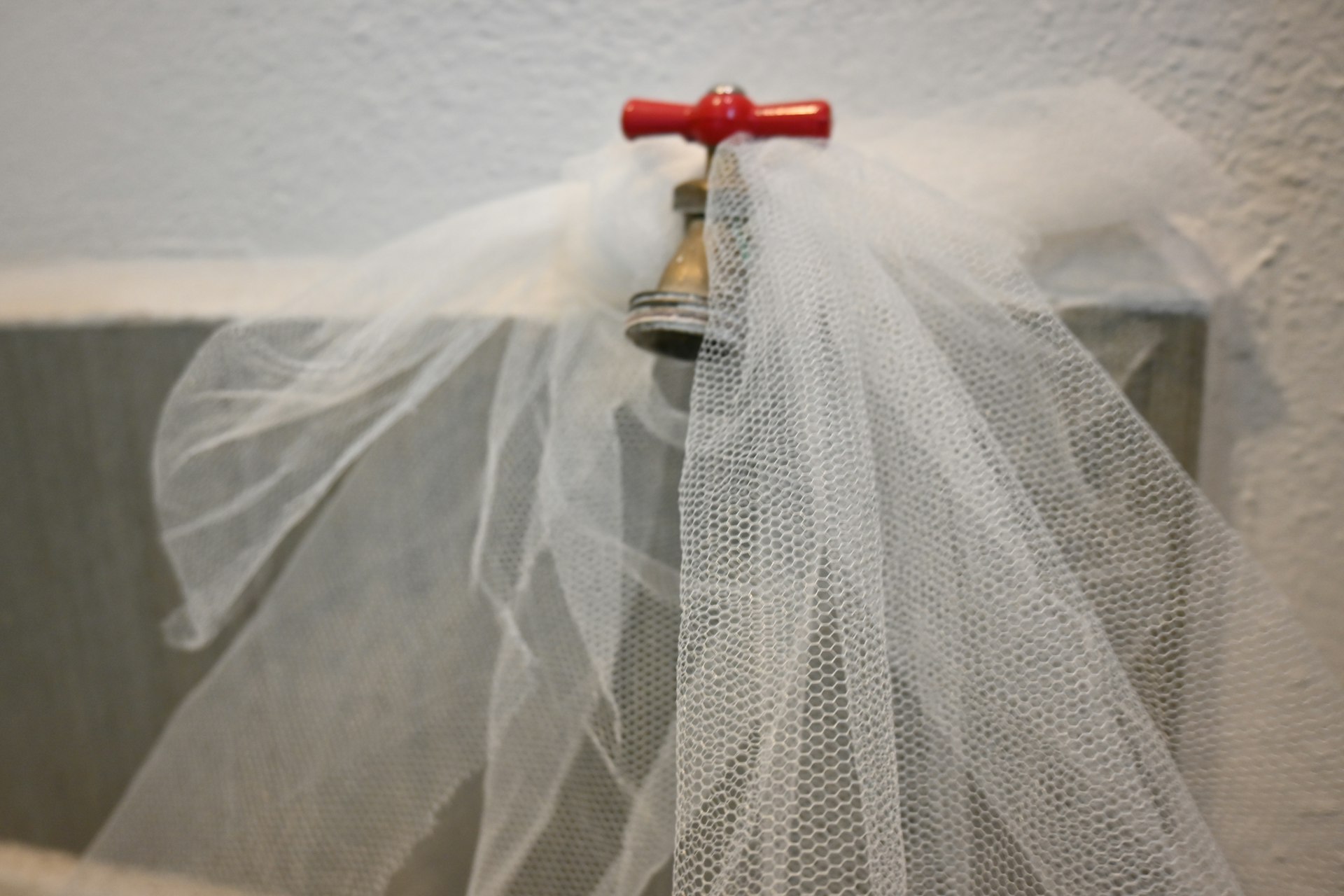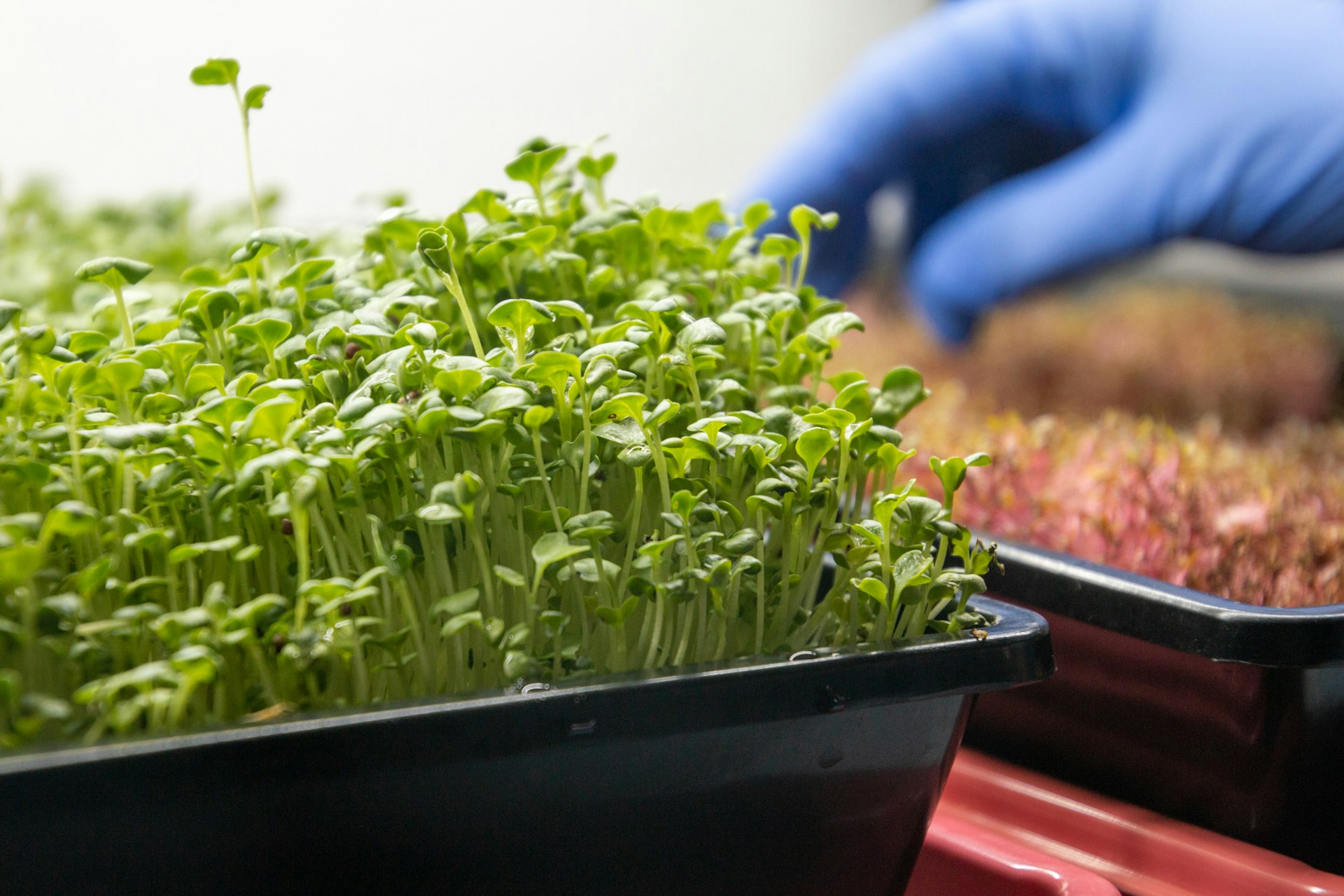Designing and Building Effective In-Ground Raised Vegetable Beds: A Comprehensive Guide

Photo by Everest Louis on Unsplash
Introduction to In-Ground Raised Vegetable Bed Design
Creating an in-ground raised vegetable bed merges the accessibility of traditional gardening with the enhanced productivity and manageability of raised beds. These beds are typically constructed on top of existing soil, enclosed within a frame that lifts the planting area above ground level. This approach improves soil drainage, reduces compaction, and helps prevent weed encroachment, making it a popular choice for maximizing vegetable yields in both small and large spaces.
Planning Your Raised Bed: Size, Location, and Materials
Before building, careful planning ensures optimal results. Most vegetable beds are designed as rectangles, with 4×8 feet being a common and manageable size. This allows gardeners to reach the center of the bed from either side without stepping onto the soil, preserving its structure [4] . When selecting a location, choose a spot with at least six hours of direct sunlight and avoid areas with poor drainage. Materials such as untreated cedar, redwood, or composite boards are preferred for their resistance to rot and safety for growing edibles [1] .

Photo by Fay Lee on Unsplash
Step-by-Step Construction Process
Building an in-ground raised bed is a straightforward project that requires basic tools and carpentry skills. Here’s a detailed step-by-step process:
1. Measuring and Cutting Boards
Measure the actual thickness of your boards-nominal sizes are often not precise. Mark the lengths for your long and short sides, typically using two 8-foot and two 4-foot boards for a standard 4×8 bed. Double-check all measurements for accuracy [1] .
2. Preparing and Assembling the Frame
Use framing angles or corner posts for stability. Mark where screws or nails will go, then pre-drill holes to prevent wood splitting. Secure boards together with decking screws or galvanized nails. For added robustness, attach boards to 4×4 corner posts that extend several inches above the bed, which can later support netting or trellises [4] .
3. Placing and Leveling the Bed
Set the assembled frame in your desired location. Use a level to ensure the frame sits evenly on the ground, adjusting soil beneath as needed. This step is crucial for even water distribution and healthy root development.
4. Optional: Lining and Pest Protection
In regions with burrowing pests, line the base with hardware cloth before filling with soil. This barrier helps protect root crops from gophers and moles [4] .
5. Filling with Soil
Fill the bed with a nutrient-rich blend of topsoil, compost, and organic matter. The ideal depth is typically 12-18 inches, but beds as shallow as 6 inches can support many crops if the underlying soil is decent. A well-prepared soil mix improves water retention and drainage while providing ample nutrients for plant growth [3] .
Design Variations: Customizing for Your Needs
While classic in-ground raised beds rest directly on the soil, variations include elevated beds on legs for easier access, especially for gardeners with mobility challenges [5] . Raised beds can also be accessorized with wide caps for sitting, trellis attachments for climbing plants, or covers for season extension. Consider the following when customizing:
- Accessibility: Raised beds with taller sides or legs can reduce bending and make gardening more comfortable.
- Pathways: Leave at least 2-3 feet between beds for easy access and wheelbarrow movement.
- Bed Depth: Deeper beds are better for root crops like carrots and potatoes, while shallow beds suffice for greens and herbs.
Maximizing Planting Efficiency: Layout and Spacing
One key advantage of in-ground raised beds is the ability to plant crops more intensively. Instead of traditional rows, many gardeners use the square foot gardening method, dividing the bed into a grid of 1×1 foot sections. Each square is planted according to the mature size and spacing requirements of each crop [3] . For example, a square might hold one tomato plant, four lettuces, or sixteen carrots. This approach maximizes yields and reduces weeding by shading the soil.
Sample 4×8 Raised Bed Layout
A family-friendly layout might include trellised peas or beans at the north end, followed by rows of onions, tomatoes, peppers, cucumbers, squash, and carrots. Rotating crops each season helps maintain soil health and reduce pest buildup.
Overcoming Common Challenges
While in-ground raised beds offer many benefits, some challenges may arise:
- Weed Control: Although raised beds reduce weeds, some may still infiltrate from the surrounding soil. Lining the base with cardboard before adding soil can further suppress weeds.
- Pest Management: Hardware cloth or mesh at the base protects against burrowing pests. For above-ground threats, consider netting or row covers.
- Watering: Raised beds may dry out more quickly than in-ground beds, especially in hot climates. Mulching and installing drip irrigation systems can help maintain consistent soil moisture.
Alternative Approaches and Adaptations
If traditional in-ground raised beds aren’t suitable for your space or needs, consider these alternatives:
- Elevated Beds on Legs: Ideal for patios, decks, or gardeners with limited mobility [5] .
- Modular or Movable Beds: Smaller beds can be relocated to optimize sunlight or facilitate crop rotation.
- Container Gardening: Large containers offer similar benefits when in-ground beds aren’t feasible.
Step-by-Step Guide: Building Your In-Ground Raised Bed
- Choose a sunny, level area for your bed. Clear grass and weeds from the site.
- Measure and mark the dimensions of your bed. Standard 4×8 beds are easy to manage and maximize space.
- Cut boards to size and assemble using corrosion-resistant screws or nails, with or without corner posts as preferred.
- Level the frame and place it on the prepared ground. Line the base with hardware cloth or cardboard if needed.
- Fill with a mix of topsoil and compost, ensuring at least 12 inches of depth for most vegetables.
- Divide the bed into a grid using string or wooden slats if following square foot gardening.
- Plant seeds or seedlings, following recommended spacing for each crop.
- Mulch and water thoroughly. Monitor for weeds and pests throughout the season.
Accessing Resources and Further Guidance
For detailed construction plans and planting guides, you may consult reputable gardening organizations, university extension services, or established gardening websites. If you need expert advice or regional planting recommendations, search for your local agricultural extension office or master gardener program. Many offer free or low-cost workshops and downloadable guides tailored to your area. To find these, search “[your state] extension raised bed gardening” for official resources.
Conclusion
In-ground raised vegetable bed design offers a versatile, efficient, and accessible way to grow fresh produce at home. By following best practices for construction, soil preparation, and layout, gardeners of all experience levels can create productive, low-maintenance beds that yield bountiful harvests season after season.
References
MORE FROM hotondeals.com













